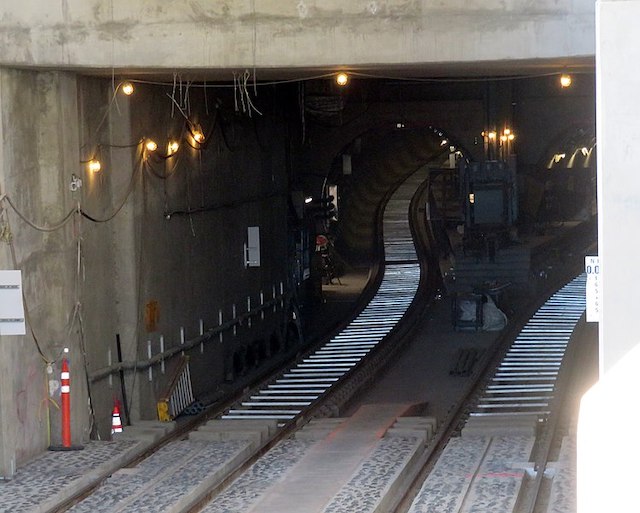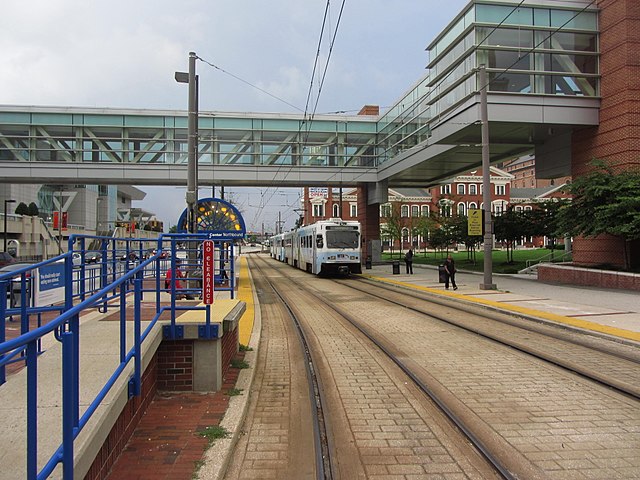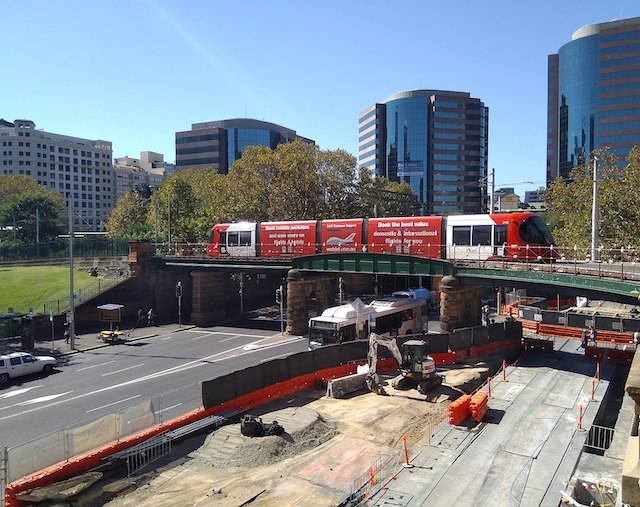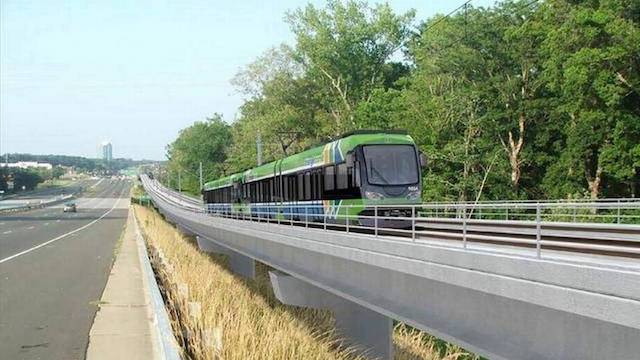When the 2021 COVID-19 relief bill included funding for the BART expansion to San Jose, which didn’t have much to do with the coronavirus, Republicans labeled it Pelosi’s subway. Others disputed this description, saying that the BART line was 50 miles away from Speaker Pelosi’s district. Nevertheless, the earmark has apparently been removed from the bill.
$1.7 billion spent digging a hole and filling it up.
The bill still included $1.675 billion for transit capital improvement projects, which are not obviously vital considering that transit ridership is down by 65 percent. The American Public Transportation Association has created a list of 23 projects that are eligible for these funds. The San Jose BART line is not on the list. Continue reading











